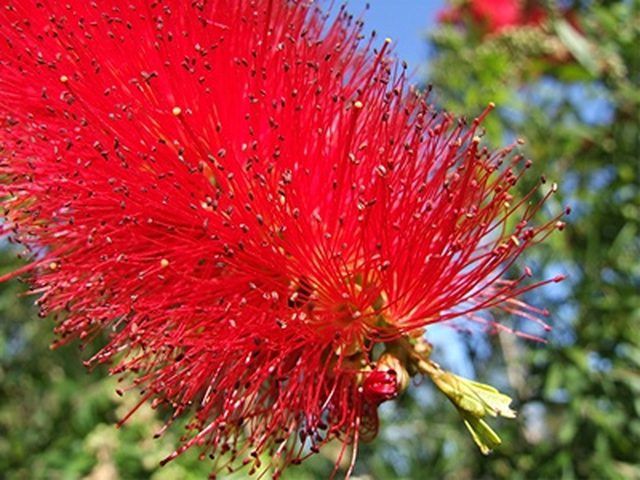Bulbs
Flower Basics
Flower Beds & Specialty Gardens
Flower Garden
Garden Furniture
Garden Gnomes
Garden Seeds
Garden Sheds
Garden Statues
Garden Tools & Supplies
Gardening Basics
Green & Organic
Groundcovers & Vines
Growing Annuals
Growing Basil
Growing Beans
Growing Berries
Growing Blueberries
Growing Cactus
Growing Corn
Growing Cotton
Growing Edibles
Growing Flowers
Growing Garlic
Growing Grapes
Growing Grass
Growing Herbs
Growing Jasmine
Growing Mint
Growing Mushrooms
Orchids
Growing Peanuts
Growing Perennials
Growing Plants
Growing Rosemary
Growing Roses
Growing Strawberries
Growing Sunflowers
Growing Thyme
Growing Tomatoes
Growing Tulips
Growing Vegetables
Herb Basics
Herb Garden
Indoor Growing
Landscaping Basics
Landscaping Patios
Landscaping Plants
Landscaping Shrubs
Landscaping Trees
Landscaping Walks & Pathways
Lawn Basics
Lawn Maintenance
Lawn Mowers
Lawn Ornaments
Lawn Planting
Lawn Tools
Outdoor Growing
Overall Landscape Planning
Pests, Weeds & Problems
Plant Basics
Rock Garden
Rose Garden
Shrubs
Soil
Specialty Gardens
Trees
Vegetable Garden
Yard Maintenance
How to Trim Bottlebrush Plants
How to Trim Bottlebrush Plants. Bottlebrush (Callistemon citrinus) can grow up to a height of 12 feet and a width of 15 feet. This native Australian ornamental shrub gets its common name from the red flowers it produces, which look like bottle brushes. Bottlebrush plants can form dense thickets when suckers are not controlled. The suckers also use...

Bottlebrush (Callistemon citrinus) can grow up to a height of 12 feet and a width of 15 feet. This native Australian ornamental shrub gets its common name from the red flowers it produces, which look like bottle brushes. Bottlebrush plants can form dense thickets when suckers are not controlled. The suckers also use nutrients required for healthy new growth. An excess of older, interior branches can interfere with new growth and flowering. Prune bottlebrush plants during late winter or early spring to encourage healthy new growth and flower production.
Things You'll Need
Pruning shears
Cut the lowest branches on the bottlebrush plants first. Cut the branches close to the trunk.
Cut suckers from the base of the trunk--if they are above soil level--or cut them down to ground level.
Cut dead, diseased, weak or damaged branches from the Callistemon shrub.
Cut off any branches that cross over other branches on the inside of the bottlebrush plant. Do not remove more than 1/3 of the branches during the first 3 years of the Callistemon's life. This can cause it to go into shock.
Cut the ends of the branches to shape the canopy. Bottlebrush plants look best when they are shaped like an open umbrella. Cut the stems immediately behind faded, dead or wilting flowers.
Tips & Warnings
Wait to cut branches that hold seed pods if you wish to propagate the bottlebrush plant. Once the pods are harvested, trim the branch.